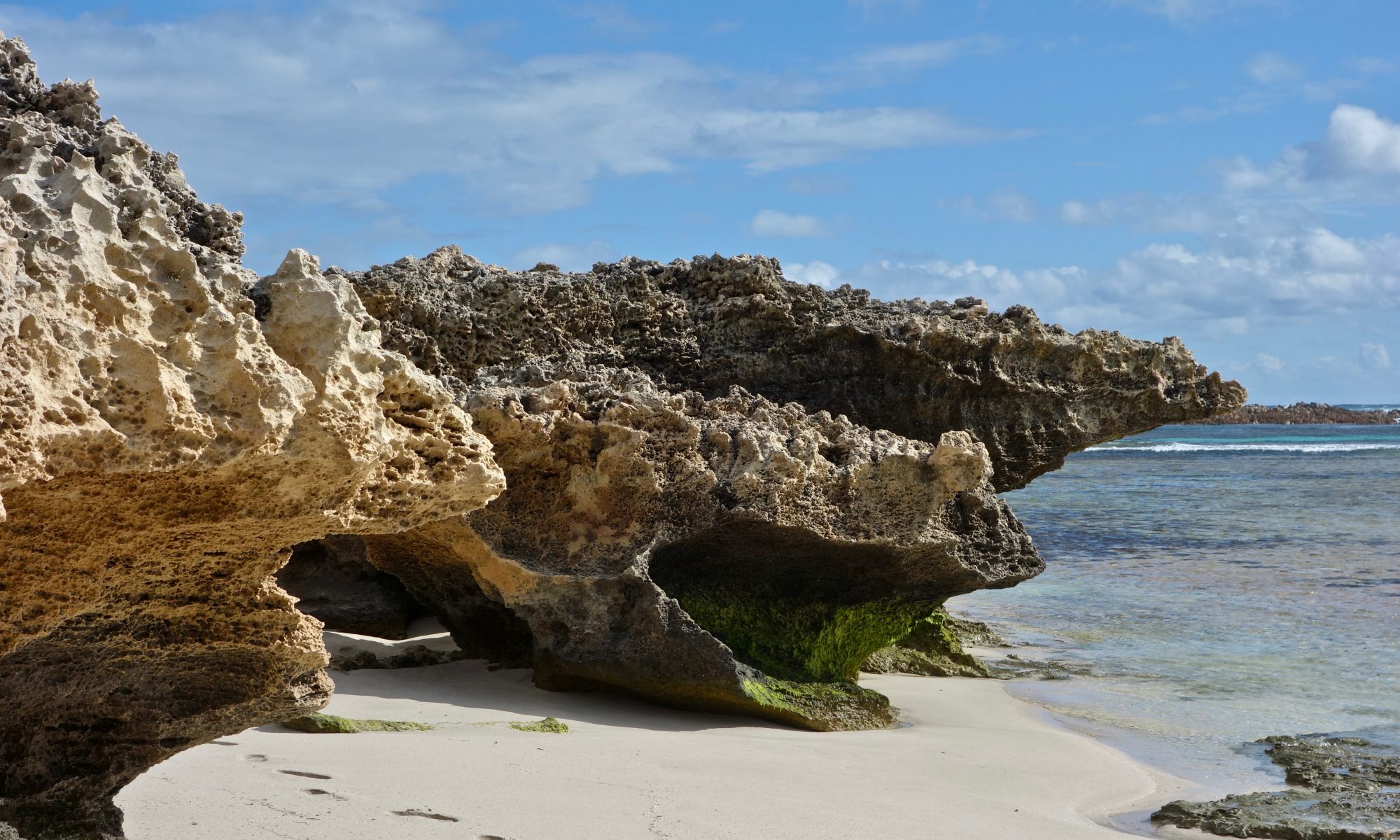The photos I’ve submitted so far for the weekly photo challenge have been from North Africa in 1941 or 1942, but my father, who took those photos, missed out on an Egyptian summer. He left Australia in spring to go to war in the Middle East where it was autumn followed by winter followed by spring, then returned home to autumn followed by winter. However, in the album there are photos taken a few years later when he and my mother had a holiday together, in what looks like summer. Well, it was in Queensland, where it’s hot for at least nine months of the year.
My father’s face was heavily shaded by the hat, but editing it to increase the brightness revealed his features. This is how he always looked. I don’t think I ever saw him without a cigarette dangling from his lips. However, something that’s unusual to me is his short sleeves. I never saw his bare arms. I was born about thirteen years after this photo was taken, and by then he was wearing long sleeves and trousers in all weathers. I always wondered what he was covering up, especially when temperatures were up in the high thirties of summer.
The romance implied in these two photos is somewhat comforting. ‘You take my picture and I’ll take yours.’ They seem to be enjoying their holiday. My mother is about 24 and gorgeous in clothes she made herself; my father looks healthy, tanned and muscular. This is not the man I knew all those years later.















